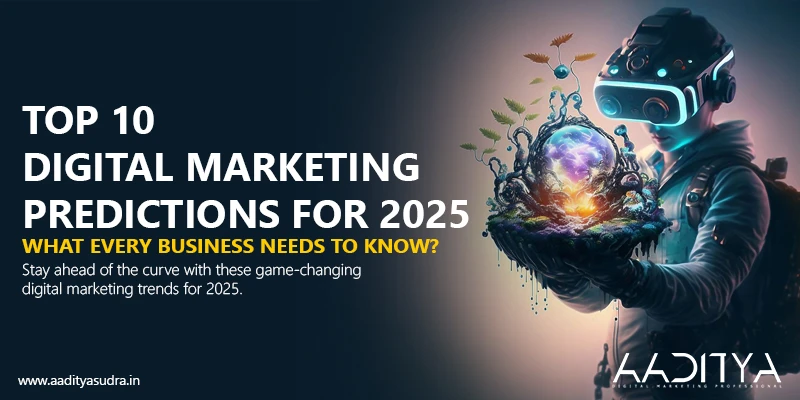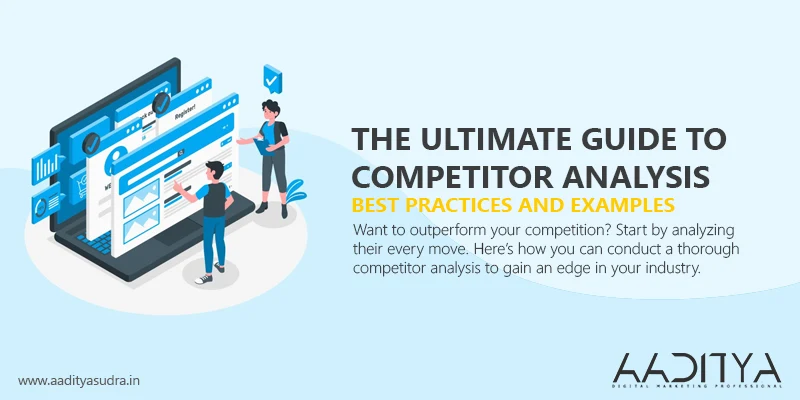10 Psychology Concepts You MUST Understand in Marketing
Table of Contents
- Introduction
- Reciprocity
- Social Proof
- Scarcity
- Authority
- Anchoring
- Loss Aversion
- The Mere Exposure Effect
- Emotion and Decision Making
- The Halo Effect
- Conclusion
Ever wonder why some marketing campaigns just click while others fall flat? It’s not just about flashy ads or catchy slogans—it’s about psychology. Understanding the mind of your audience can unlock huge marketing potential. In this blog, we’ll dive into 10 psychology concepts you MUST understand in marketing to make your strategies more effective, persuasive, and human-centered.
How knowing the mind's inner workings can transform your marketing game. Let’s take a peek into the minds of your customers!
1. Reciprocity
Humans love to return favors. The concept of reciprocity is simple: give something, and people feel the urge to give back. In marketing, offering freebies or helpful content can make customers more likely to purchase from you later.
Example: Ever been offered a free eBook or a free trial? That’s reciprocity in action! Once you’ve benefited, you’re more likely to trust and buy from that brand.
2. Social Proof
People tend to follow the crowd, especially when they’re unsure of what to do. Social proof is when you show potential customers how many others are already using and loving your product.
Example: Testimonials, reviews, and user-generated content are powerful social proof tools. Think about how often you check product ratings before buying online!
3. Scarcity
We all want what we can’t have—or might lose soon. Scarcity is a psychological trigger that makes products or services more desirable simply because they’re limited or exclusive.
Example: Flash sales and limited-time offers create a sense of urgency, pushing customers to make faster decisions. “Only 2 left in stock!”—yep, that’s scarcity at work.
4. Authority
We trust experts. Positioning yourself or your brand as an authority in your field can make people more likely to follow your advice and buy your products.
Example: Think about how you trust medical advice from a doctor or a skincare recommendation from a dermatologist. Brands like Apple often use authority figures in their ads to establish credibility.
5. Anchoring
This is when people rely too heavily on the first piece of information they see—the "anchor." It influences their future decisions.
Example: If a product’s original price is $200 but is marked down to $150, the original price acts as an anchor, making the sale price seem like a steal—even if the product was only worth $150 to begin with.
6. Loss Aversion
People hate losing more than they enjoy gaining. Loss aversion is the idea that the fear of losing something motivates people more than the prospect of gaining something of equal value.
Example: Ever see an ad that says “Don’t miss out on this offer!”? That’s using loss aversion. FOMO (Fear of Missing Out) campaigns often tap into this concept.
7. The Mere Exposure Effect
The more we see something, the more we like it. The mere exposure effect explains why repetitive advertising works—familiarity breeds trust.
Example: Think about jingles that get stuck in your head after hearing them a dozen times. You might not even like the product at first, but after seeing it repeatedly, you start feeling more comfortable with it.
8. Emotion and Decision Making
Emotions play a massive role in how we make decisions, even when we think we’re being rational. Tapping into emotional triggers can help your marketing cut through the noise.
Example: Nike’s “Just Do It” campaign doesn’t just sell shoes—it sells the emotional experience of empowerment and achievement.
9. The Halo Effect
The halo effect is when our overall impression of a person or product influences our judgment of specific traits. If we think highly of one thing, we’ll assume everything else associated with it is great too.
Example: Apple’s sleek design and high-quality branding lead people to assume all of their products—from iPhones to MacBooks—are top-notch, even before trying them.
10. Conclusion
Now that you’ve got a handle on these psychology concepts, it’s time to incorporate them into your marketing strategies. Whether you're designing a campaign or writing ad copy, keeping the human mind in focus will help you connect with your audience on a deeper level.
Understanding your customers is key to making your marketing more effective and persuasive. So, go ahead—use psychology to make your marketing stand out from the crowd!
Ready to take your marketing to the next level? Let’s work together! Visit my website or reach out to learn how I can help optimize your marketing strategy today.














1 years ago /
Insightfull blog